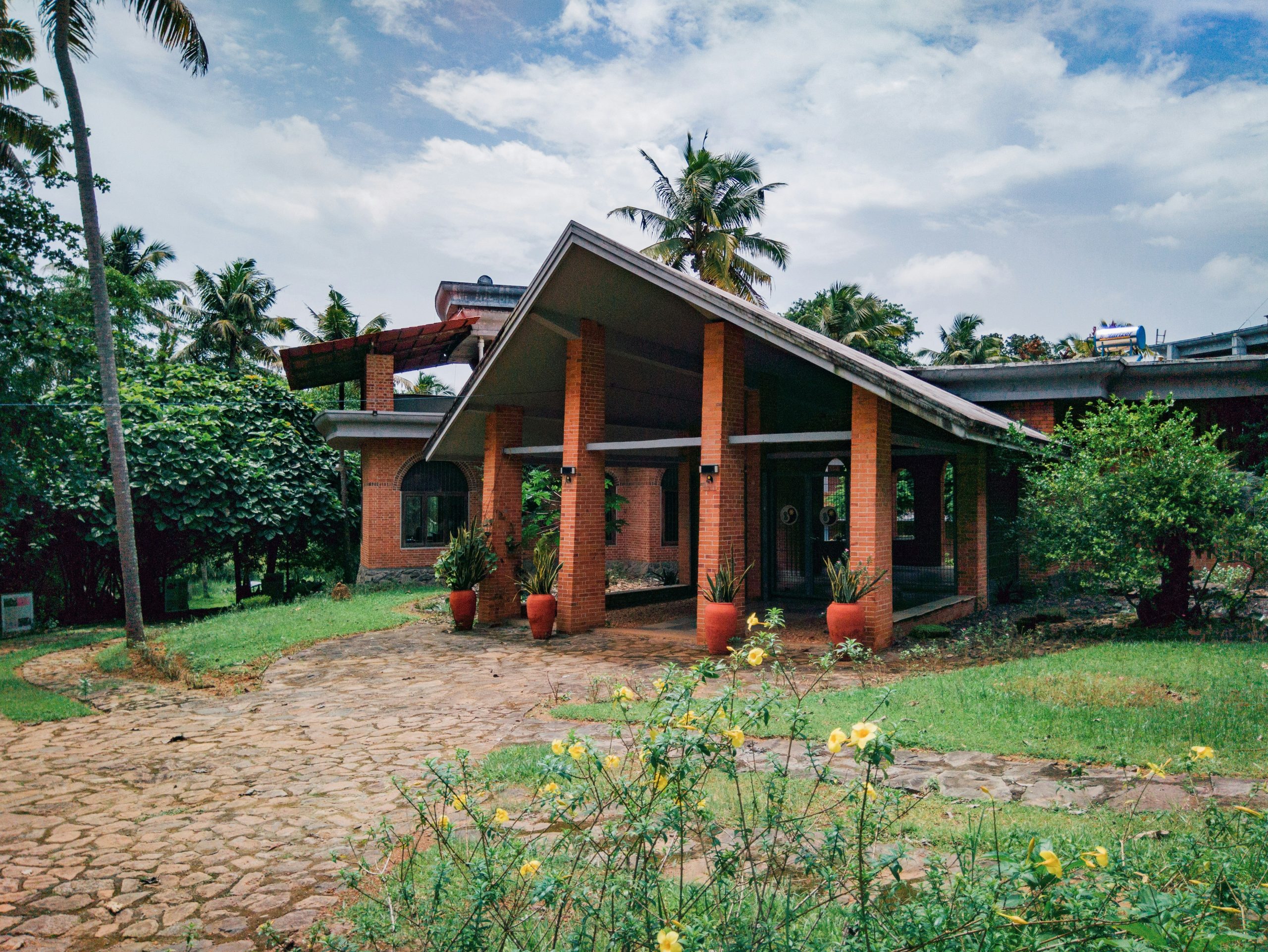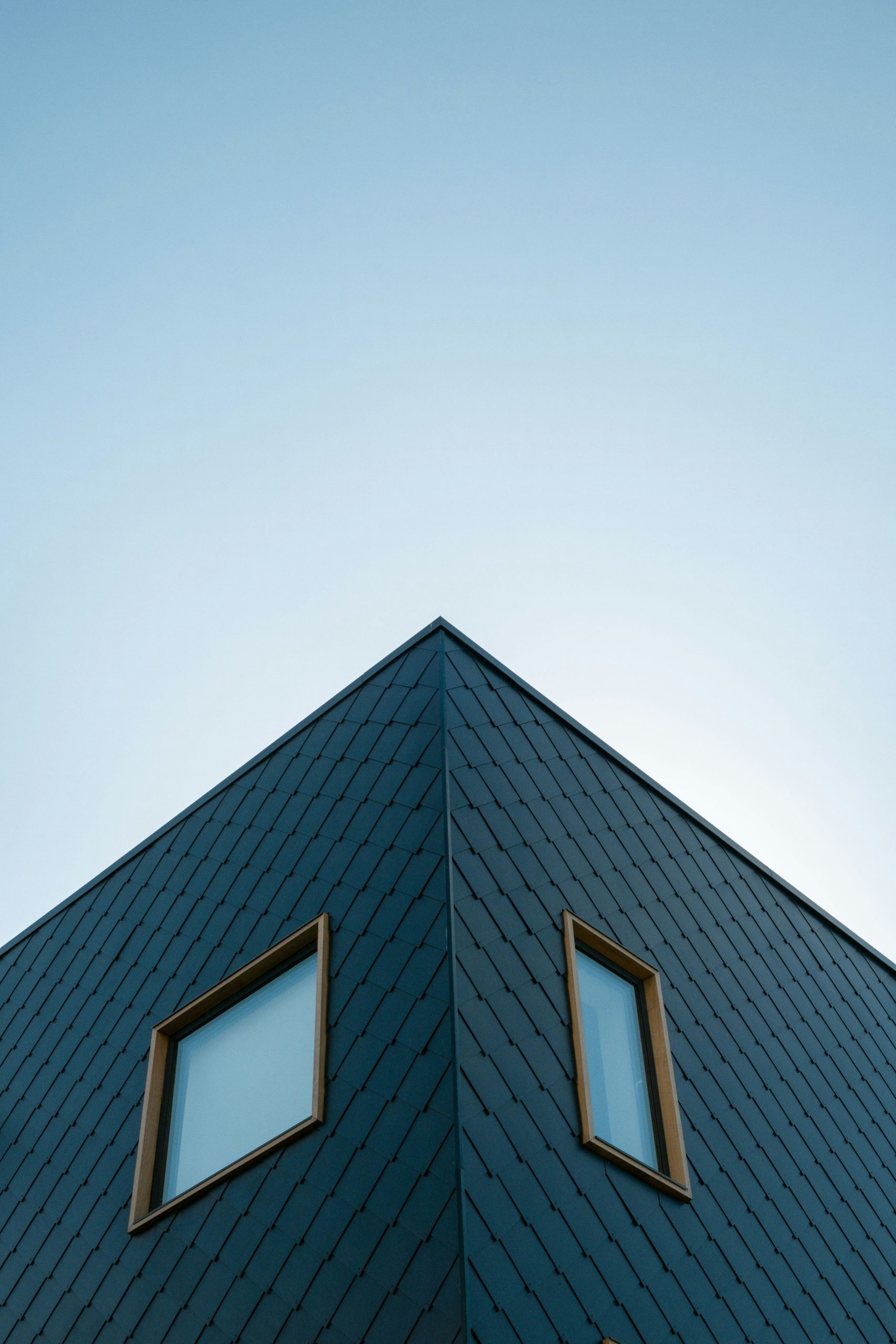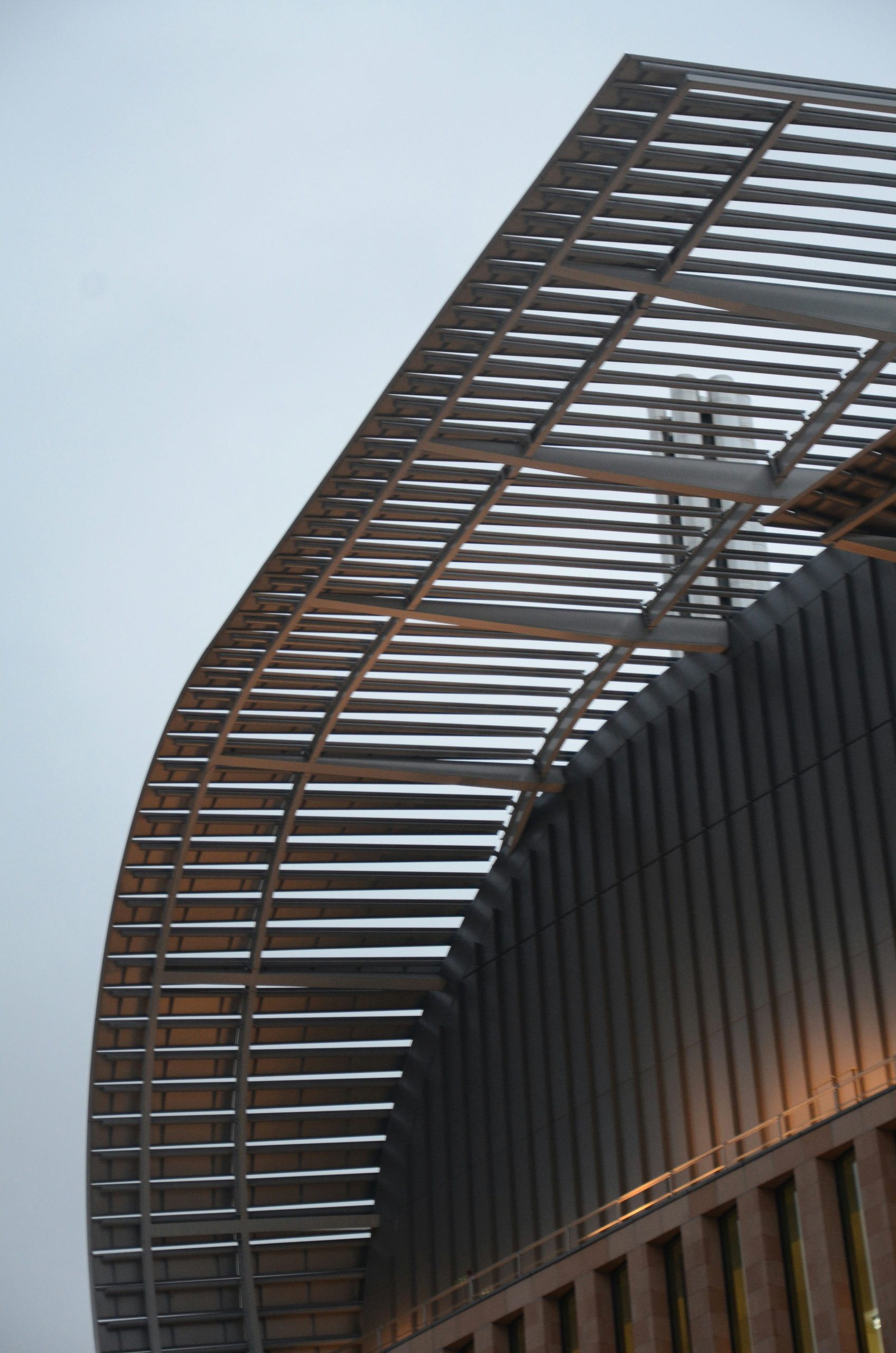In our journey to create more sustainable and eco-friendly buildings, one crucial aspect we often explore is the role of natural lighting. Natural lighting not only reduces the reliance on artificial lighting, which in turn saves energy, but it also enhances the overall well-being of the occupants by providing a connection to the outdoors and improving moods and productivity. By incorporating well-designed windows, skylights, and open spaces, we can maximize the influx of natural light, creating spaces that are both energy-efficient and pleasant to live and work in. Have you ever wondered how natural lighting impacts sustainable architecture, and why architects prioritize it in their designs? In our quest for creating environmentally responsible spaces, natural light has emerged as a crucial element. Let’s embark on a journey to explore the significance of natural lighting in sustainable architecture, and understand how it shapes the spaces we inhabit.

Understanding Sustainable Architecture
What Is Sustainable Architecture?
Sustainable architecture, at its core, aims to minimize the negative environmental impact of buildings by enhancing efficiency and moderation in the use of materials, energy, and development space. Essentially, it’s about creating spaces that are not only functional and aesthetically pleasing but also environmentally responsible and resource-efficient throughout their lifecycle.
Key Principles of Sustainable Architecture
To truly appreciate the role of natural lighting, we need to grasp the broader principles underpinning sustainable architecture. These principles include:
- Energy Efficiency: Maximizing the use of renewable energy sources and minimizing energy consumption.
- Resource Management: Efficient use of resources like water, materials, and land.
- Environmental Impact: Reducing the ecological footprint of buildings during construction, operation, and demolition.
- Indoor Environmental Quality: Improving the comfort and health of building occupants through better air quality, lighting, and thermal conditions.
The Fundamentals of Natural Lighting
What Is Natural Lighting?
Natural lighting involves harnessing sunlight to illuminate indoor spaces. It’s using windows, skylights, and other architectural elements to bring daylight into our homes and workplaces. Unlike artificial lighting, natural lighting varies with the time of day and weather, creating dynamic and vibrant environments.
Types of Natural Light
Understanding the different types of natural light helps us appreciate its role in sustainable architecture:
- Direct Sunlight: Bright and intense light that travels directly from the sun.
- Diffuse Skylight: Soft, scattered light from the sky, providing even illumination.
- Reflected Light: Sunlight that bounces off surfaces like walls or the ground, adding supplementary lighting.
Benefits of Natural Lighting
Energy Efficiency
One of the most notable advantages of natural lighting is its potential to reduce energy consumption. By maximizing natural light, we can significantly cut down on the use of artificial lighting, which in turn reduces our electricity bills and reliance on non-renewable energy sources.
Environmental Impact
Natural lighting is inherently eco-friendly. By minimizing the need for artificial lighting, we reduce greenhouse gas emissions from power plants. Moreover, daylighting strategies often complement passive solar heating, reducing the need for artificial heating and cooling, further lessening our ecological footprint.
Health and Well-being
There’s a growing body of evidence suggesting that natural light has numerous health benefits. Exposure to natural light can regulate our circadian rhythms, improving sleep patterns, boosting mood, and enhancing productivity. Additionally, natural light can reduce the risk of conditions like Seasonal Affective Disorder (SAD).
Aesthetic and Functional Value
Natural light adds an aesthetic quality to spaces, making them appear larger, more vibrant, and welcoming. It enhances the visual appeal and functionality of interiors, making them more livable and enjoyable.
Strategies for Integrating Natural Lighting in Sustainable Architecture
Architectural Design
Effective integration of natural lighting starts with architectural design. Here’s how:
- Orientation: Proper building orientation ensures maximum exposure to sunlight. In the Northern Hemisphere, buildings facing south receive more sunlight.
- Window Placement and Size: Placing larger windows on the south-facing side and smaller ones on the north can optimize natural light distribution.
- Open Floor Plans: Open layouts allow light to penetrate deeper into the building, improving overall illumination.
Use of Technology
Technology can assist in maximizing natural light usage while minimizing energy consumption:
- Daylighting Systems: Devices like light shelves, clerestory windows, and light tubes can direct sunlight deeper into the interiors.
- Smart Glass: Electrochromic or photochromic glass can adjust its transparency based on light conditions, helping manage glare and heat.
- Light Sensors and Controls: Automated lighting controls can adjust artificial lighting based on the availability of natural light, ensuring optimal illumination at all times.
Materials and Finishes
The choice of materials and finishes in a building can significantly influence the effectiveness of natural lighting:
- Reflective Surfaces: Using materials with high reflectance, such as light-colored walls and ceilings, can help distribute natural light more effectively.
- Translucent Materials: Frosted glass or translucent panels can diffuse light, reducing glare and ensuring even illumination.

Challenges and Solutions
Glare and Overheating
While natural light has many benefits, it can also cause glare and overheating if not managed properly. To address these issues:
- Shading Devices: External shading devices like louvers or overhangs can block excessive sunlight.
- Blinds and Curtains: Internal shading can be adjusted throughout the day to control glare and heat.
| Challenges | Solutions |
|---|---|
| Glare | Use of shading devices, blinds, and frosted glass |
| Overheating | Implementing external shading, smart glass |
| Light Diffusion | Reflective surfaces, translucent materials |
| Inconsistent Light Availability | Daylighting systems, light sensors and controls |
Inconsistent Light Availability
Natural light availability varies with weather conditions and time of day, which can lead to inconsistent lighting. Solutions include:
- Hybrid Lighting Systems: Combining natural and artificial light sources to ensure consistent illumination.
- Light Sensors: These devices can detect changes in natural light levels and adjust artificial lighting accordingly.
Case Studies of Successful Integration
The Bullitt Center, Seattle, USA
The Bullitt Center is renowned for its sustainable architecture, making extensive use of natural lighting. Strategically placed windows, light shelves, and an open-floor design ensure efficient daylight distribution, reducing the need for artificial lighting. The building’s orientation maximizes solar exposure, and its materials reflect light to enhance interior illumination.
The Edge, Amsterdam, Netherlands
The Edge in Amsterdam is another excellent example of architectural brilliance in daylighting. The building employs smart technology to optimize natural light use, including intelligent blinds, sensors, and reflective surfaces. Its design leverages an atrium that floods the interior with natural light, reducing energy consumption significantly.

Future Trends in Natural Lighting and Sustainable Architecture
Technological Advancements
Looking ahead, we can expect further integration of advanced technologies in natural lighting, such as:
- AI and Machine Learning: These technologies can predict and adjust lighting conditions based on occupancy, weather patterns, and time of day.
- Innovative Materials: Advances in material science may lead to the development of new glazing materials that offer better light diffusion and thermal insulation.
Policy and Regulation
As awareness of environmental issues grows, stricter building codes and regulations are encouraging the incorporation of natural lighting in building designs. This trend is likely to continue, pushing architects and builders toward more sustainable practices.
Increased Emphasis on Health and Well-being
The undeniable link between natural light and human health will likely drive increased emphasis on daylighting in building designs. Future sustainable architecture will focus heavily on creating environments that enhance the well-being of occupants through optimal natural light use.
Conclusion
Natural lighting undeniably plays a crucial role in sustainable architecture. From improving energy efficiency and reducing environmental impact to enhancing human health and well-being, its benefits are extensive. By understanding and implementing effective daylighting strategies, we can create spaces that are not only sustainable but also vibrant and welcoming.
As we move forward, the integration of natural lighting in architectural design will continue to evolve, driven by advancements in technology, more stringent regulations, and a growing emphasis on occupant health. By prioritizing natural light, we can build a more sustainable and healthier future for us all.
Isn’t it fascinating how something as simple as sunlight can transform the places we live and work in? Let’s continue to champion the cause of natural lighting in our sustainable architectural endeavors. The future looks bright!



